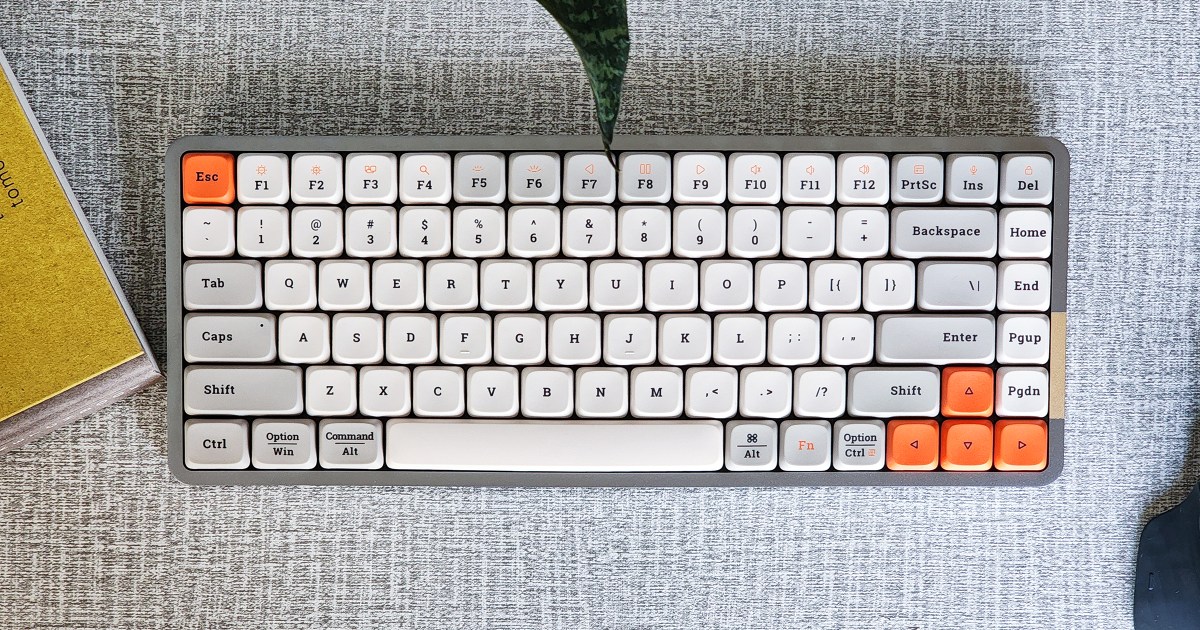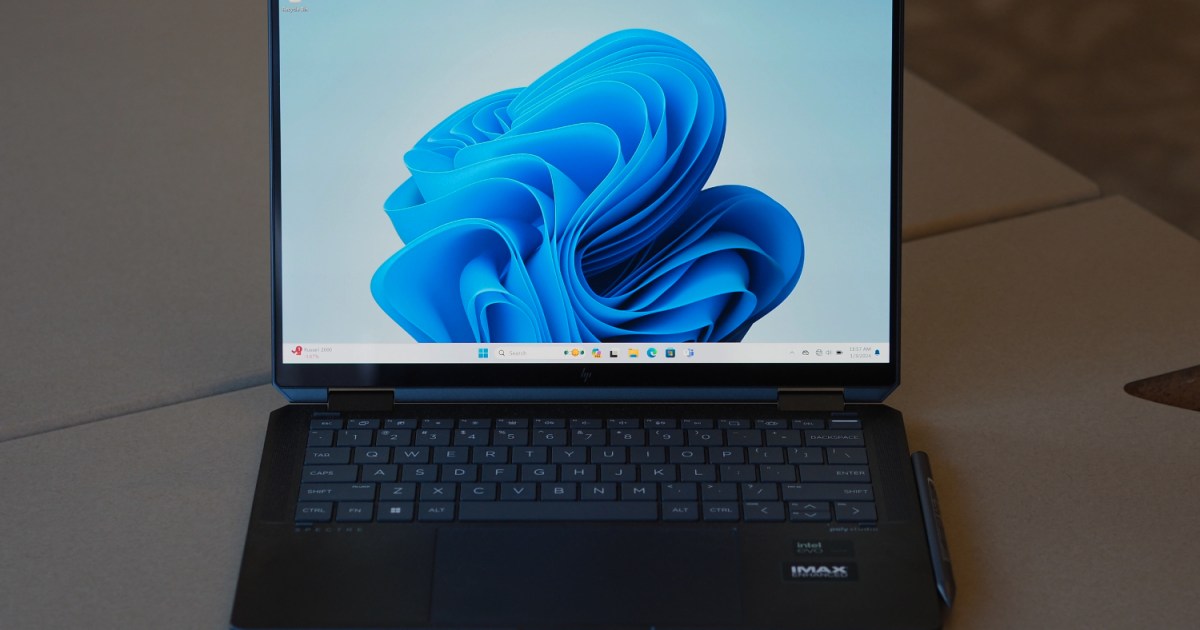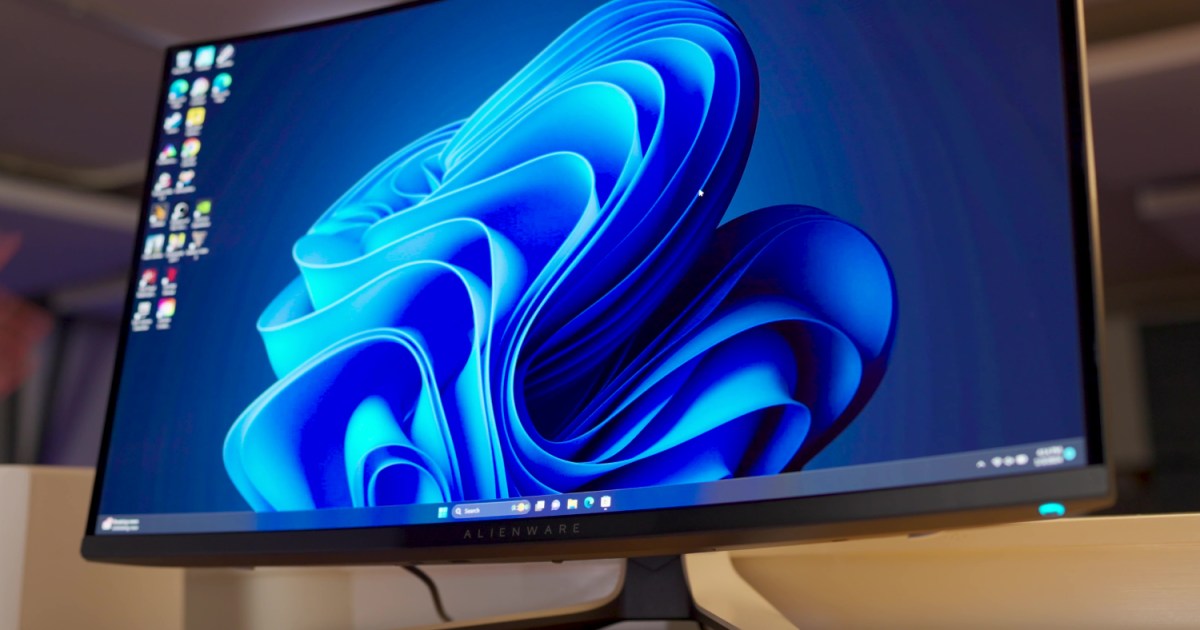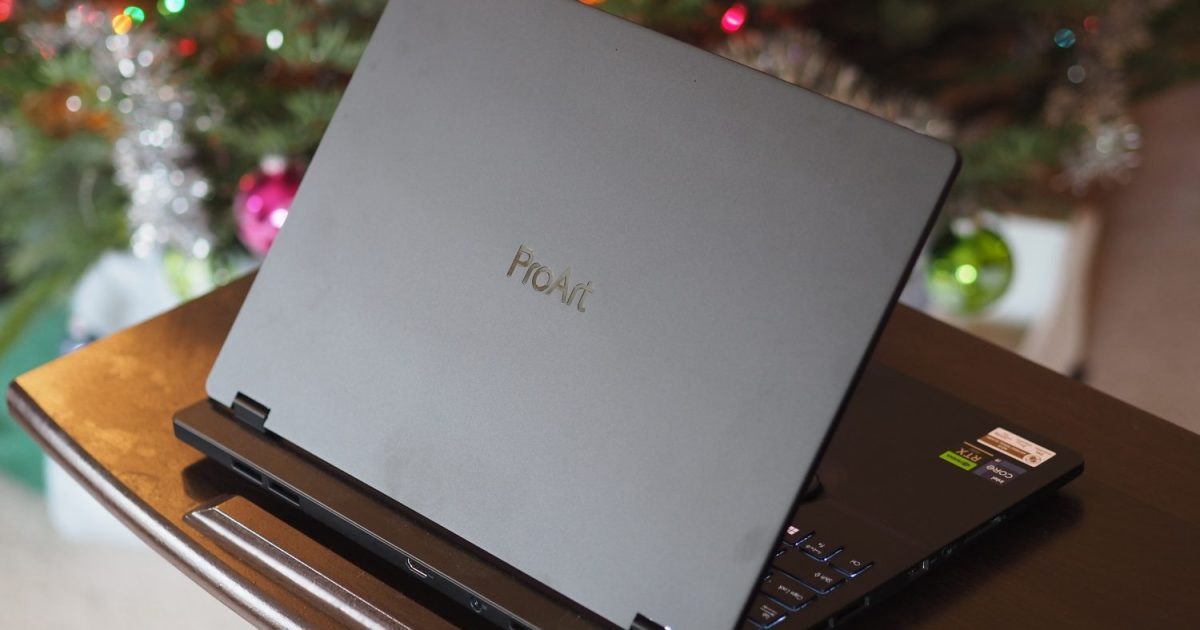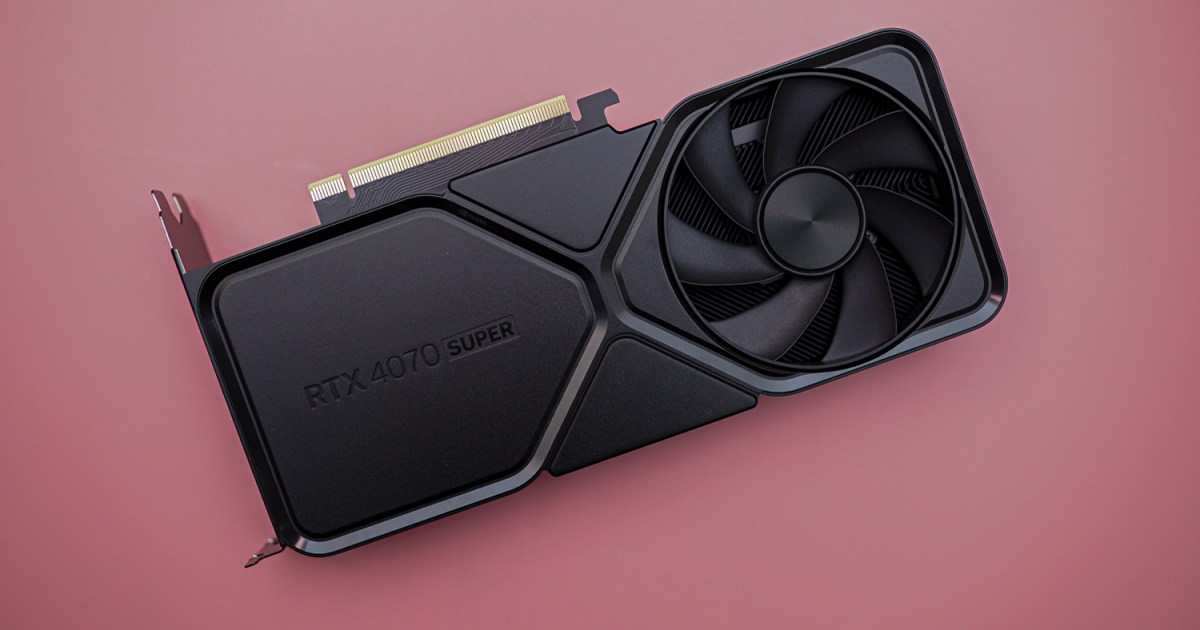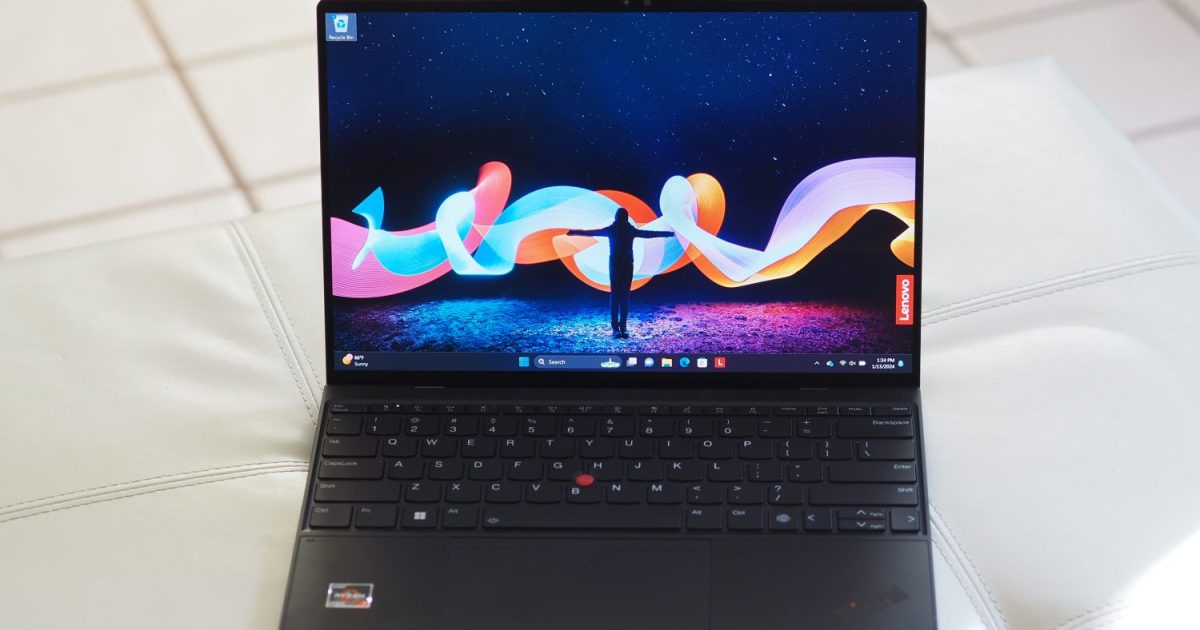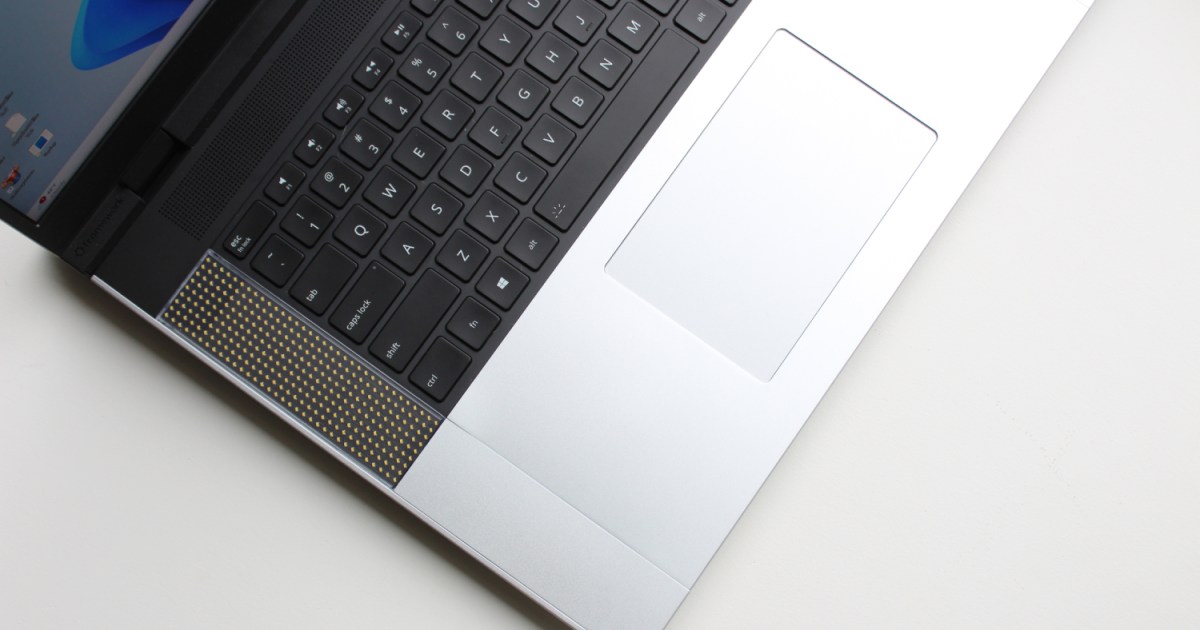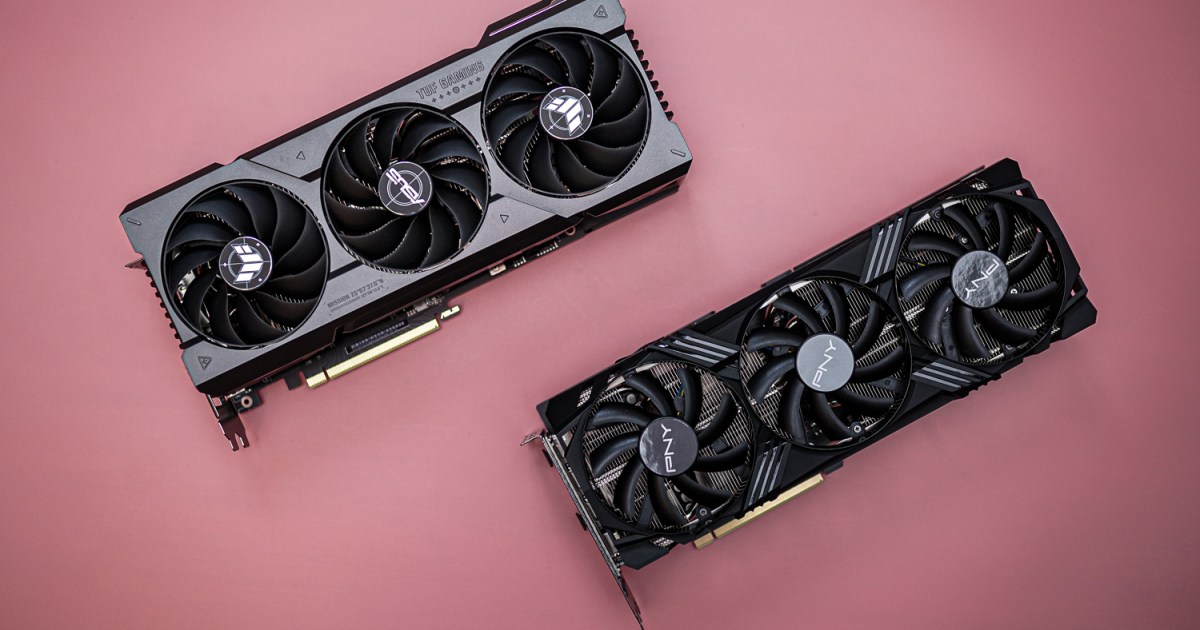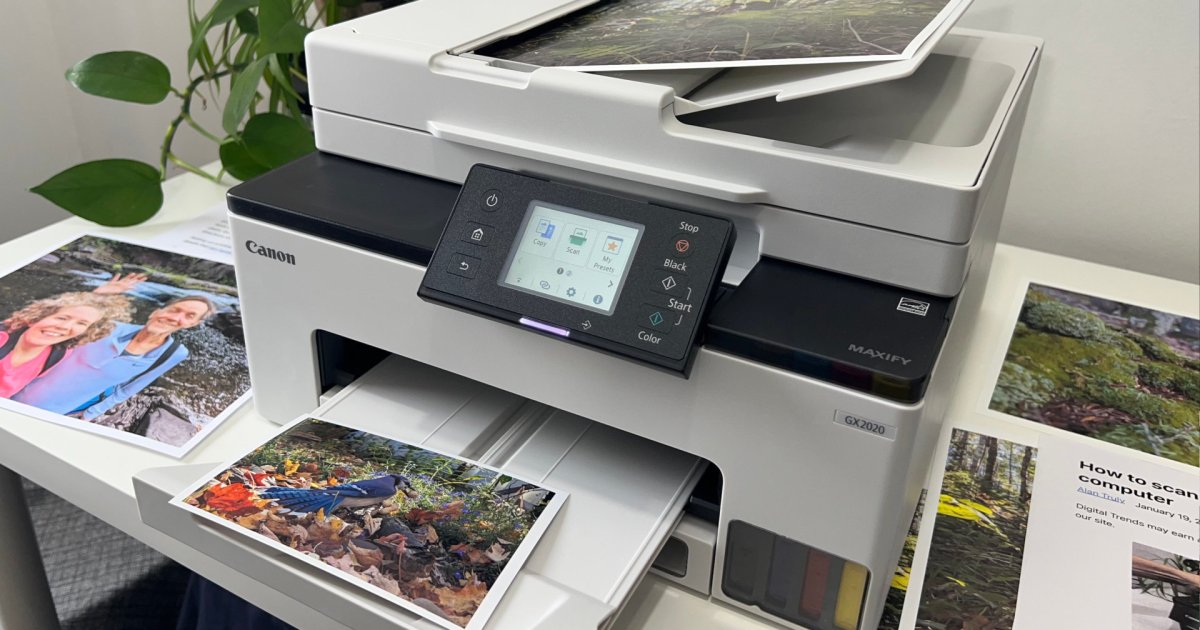As someone who relies on a mechanical keyboard for writing, the click-clack rhythm fuels my flow state. I’ve always avoided low-profile keyboards, preferring the satisfying feel of traditional mechanical keys. However, the Lofree Flow challenged my assumptions and quickly became my favorite keyboard.
Enhanced Typing Experience with a Low Profile
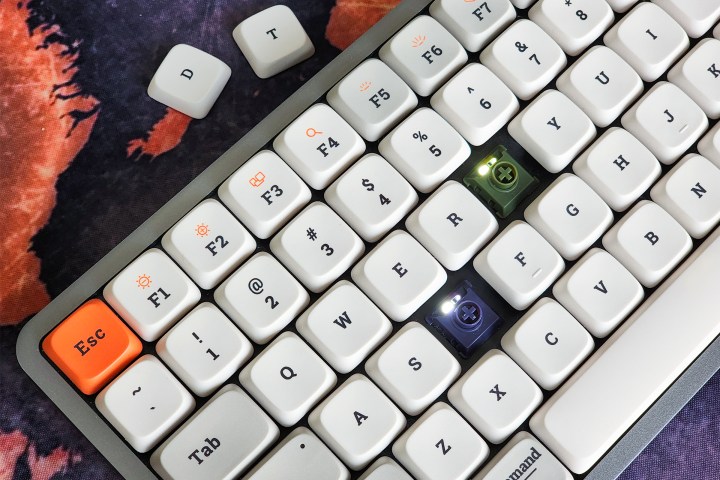
Lofree has been making waves with innovative products like mice with replaceable PBT keycaps and mechanical calculators. Their latest creation, the Flow, is a 75% low-profile mechanical keyboard featuring Kailh’s hot-swappable Full-POM switches, an aluminum chassis, and a gasket-mounted layout. The Flow offers linear Kailh “Ghost” and tactile Kailh “Phantom” switches, part of Kailh’s Shadow series. These hot-swappable switches are limited to the Shadow range due to their low profile and terminal spacing. Lofree offers additional switch sets and “Wizard” clicky switches as add-ons. I tested the black variant with linear switches and a set of tactile switches, along with the Retro keycaps in off-white, gray, and orange.
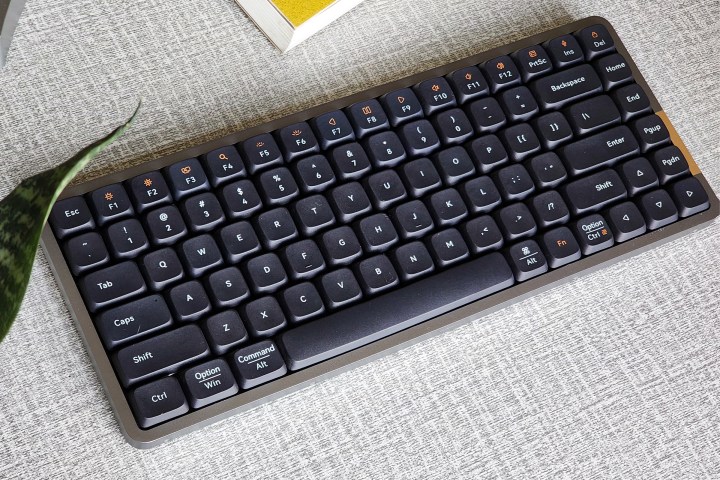
The Lofree Flow switches are incredibly smooth and responsive, with a short travel distance (1.2mm for linear and 1.6mm for tactile). Both switch types are ergonomic, especially the tactile ones, requiring only 45gf for actuation. The linear and clicky switches actuate at 50gf, a departure from the typical lower actuation force for linear switches.
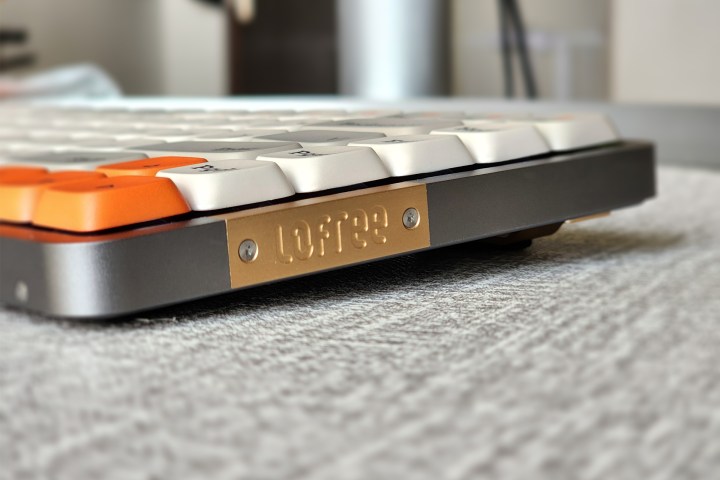
The short 2.8mm total travel takes some getting used to, especially if you’re accustomed to standard mechanical keyboards. Initially, I experienced some bottoming out and accidental key presses. However, with practice, my typing speed increased, surpassing my Keychron K2V2 with Cherry brown switches. The low profile may also benefit gaming, but requires a learning curve.
The Advantages of Full-POM Switches
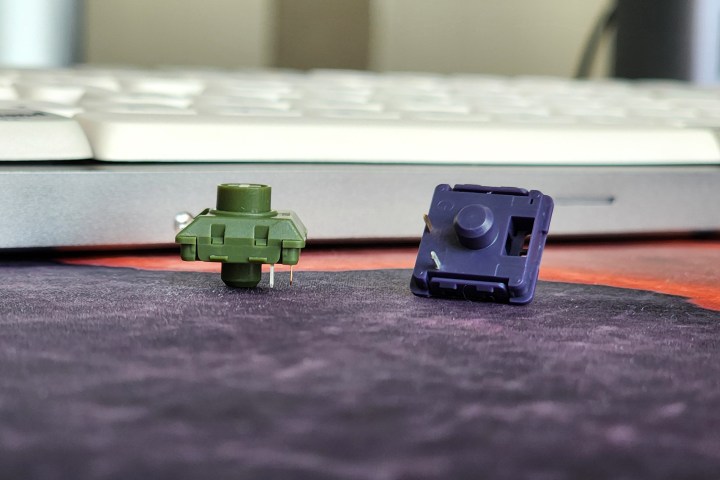
Beyond the low profile, the Flow’s Full-POM switches enhance the typing experience. POM (polyoxymethylene) is a durable synthetic polymer used in various applications, including gears, bearings, and even medical implants. Its high rigidity, low friction, and heat resistance make it an excellent material for keyboard switches. POM’s lubricity minimizes abrasion, leading to the “self-lubricating” description, though this is not entirely accurate. POM retains lubricant effectively, preventing degradation over time.
While POM is typically used for switch stems, the Kailh Shadow switches are entirely made of POM, resulting in smoother stem movement. Lofree markets these switches as “self-lubricating,” claiming they improve over time. While pre-lubed, I haven’t noticed significant changes in the typing feel over two months.
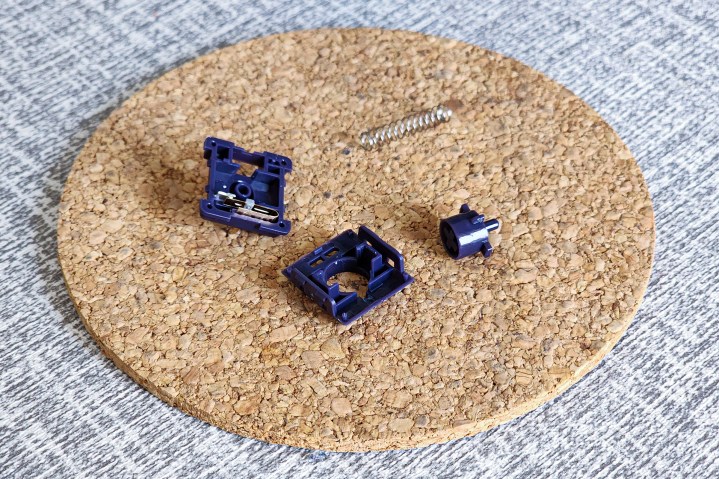
Experienced users might consider lubing these switches, but their unique design requires caution during disassembly. Even with factory lubrication, the switches feel “creamy” and less scratchy than standard low-profile switches. The linear switches glide effortlessly, while the tactile switches offer a subtle bump. I prefer the tactile feedback, particularly for writing. The sound is minimal, resembling a high-end keyboard even during rapid typing.
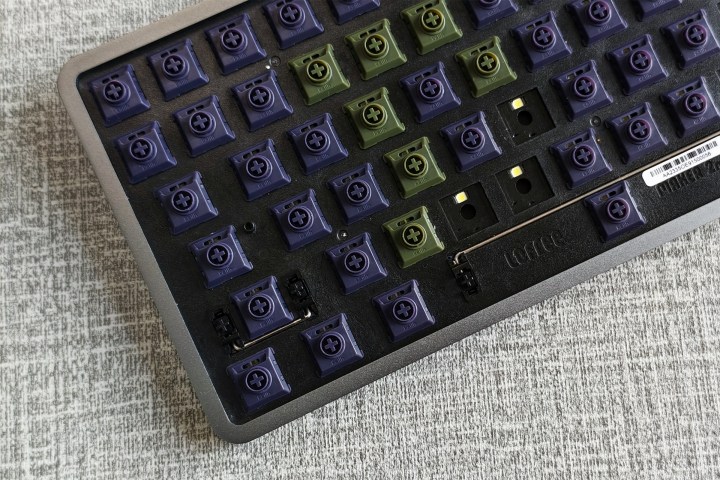
A Delightful Auditory Experience
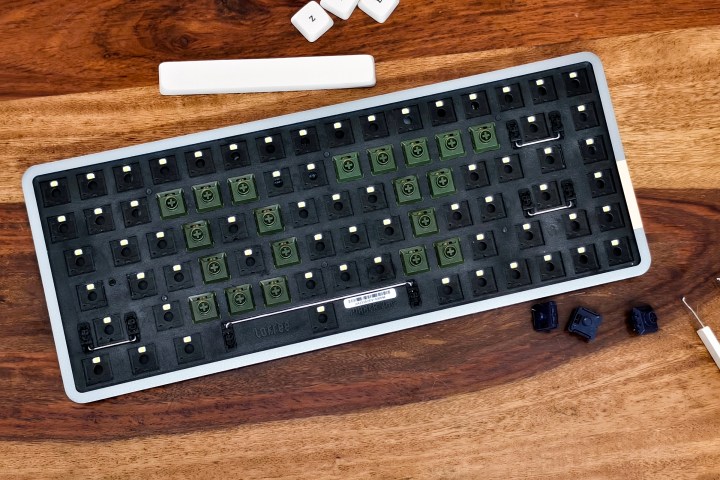
Both the tactile and linear versions of the Lofree Flow produce a muted, deep, and pleasant sound. This is due to the smooth switches, gasket mounting, silicone padding, switch foam, and Poron foam under the PCB. The keyboard doesn’t flex much due to its thin profile. The “thocky” sound is reminiscent of a more expensive custom keyboard. Even bottoming out produces a smooth, non-clanky sound. Lubricated stabilizers contribute to the deep sound of larger keys. The thick PBT keycaps, especially the Retro set, further enhance the sound quality.
https://www.youtube.com/watch?v=E_QWqMEZ6LY[/embed]
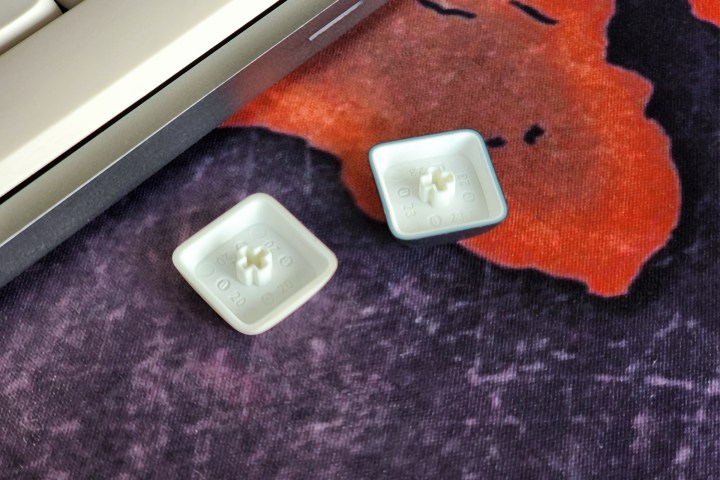
Ergonomic Design and Portability
The Lofree Flow lacks adjustable kickstands, relying on fixed metal fitments that create a 3.9-degree angle. Initially, I found the low height uncomfortable and missed my wrist rest. However, I adapted to the position, and it proved comfortable, especially when using a standing desk.
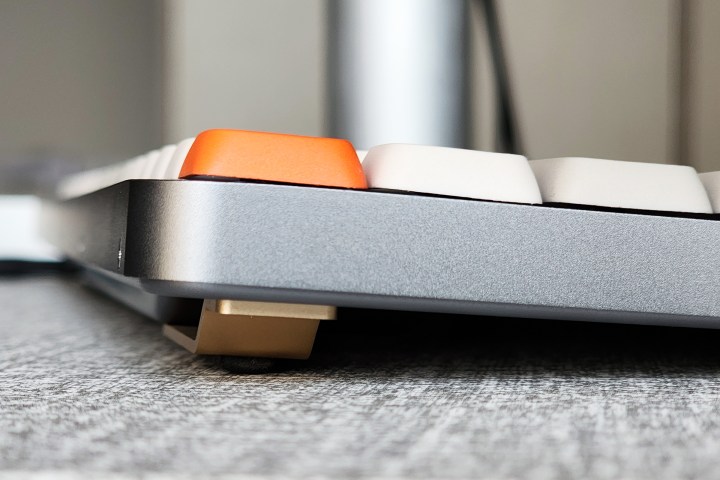
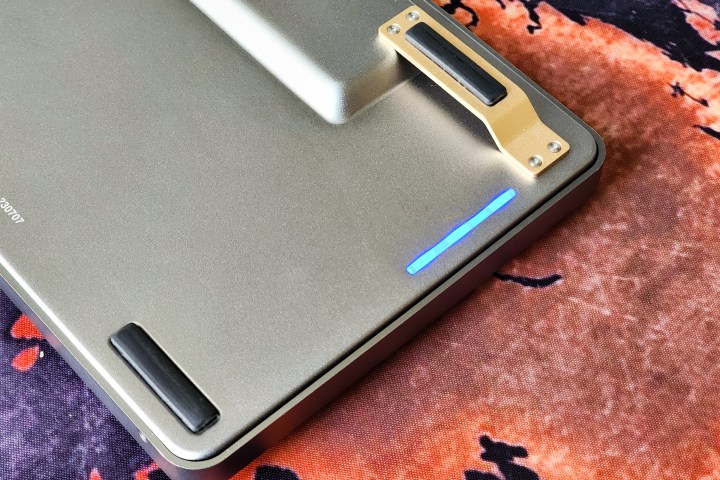
The Flow’s sleek design and portability are appealing. At only 10mm thick and under 600g, it easily fits into a laptop bag. Its compatibility with Windows, Mac, and mobile operating systems, coupled with its slim profile, makes it a compelling option for Mac users seeking a mechanical keyboard. It even sits comfortably atop a MacBook’s keyboard.
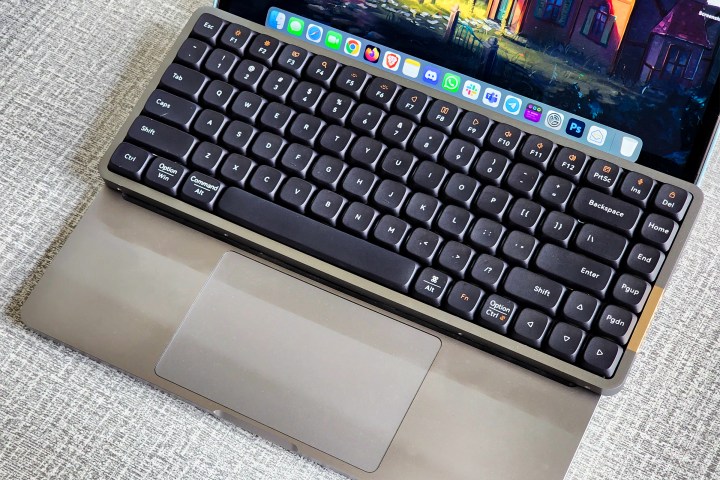
Potential Drawbacks
Despite its advantages, the Lofree Flow has some downsides:
Subpar Backlighting
The Flow’s white backlight is underwhelming. The dye-sub PBT keycaps prevent shine-through, creating a halo effect. Light bleeds through the keycaps, especially on the black variant. Four intensity levels offer some control, but replacing the keycaps might be necessary.
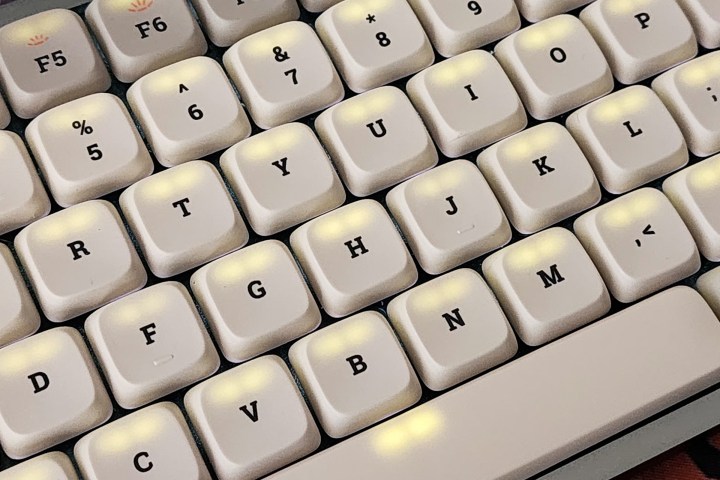
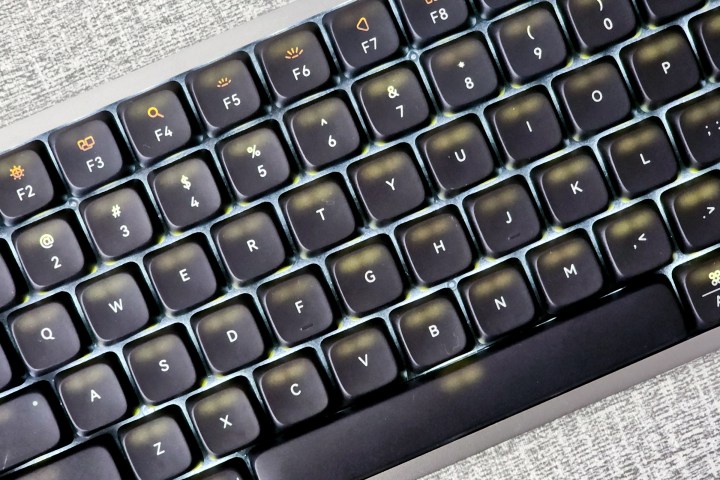
The RGB sidelighting, with eight colors and limited effects, feels somewhat tacky.
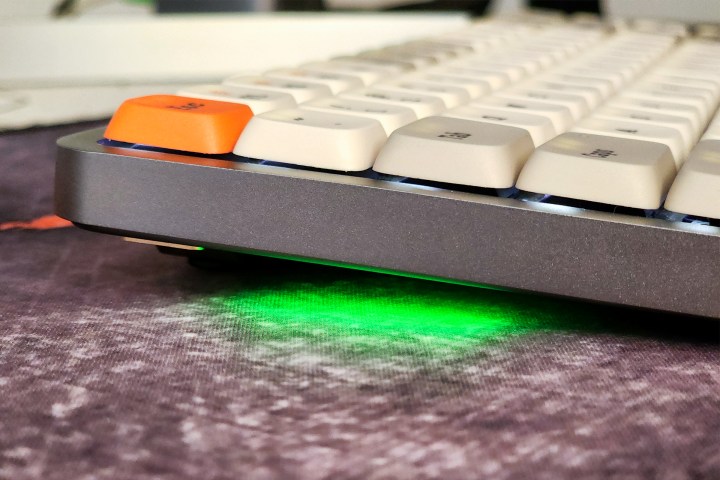
Limited Battery Life
The 2,000mAh battery offers only about 24 hours of use with backlighting over Bluetooth. Disabling the lights triples the battery life, but weekly charging can be inconvenient. The lack of fast charging further compounds this issue, requiring up to four hours for a full charge.
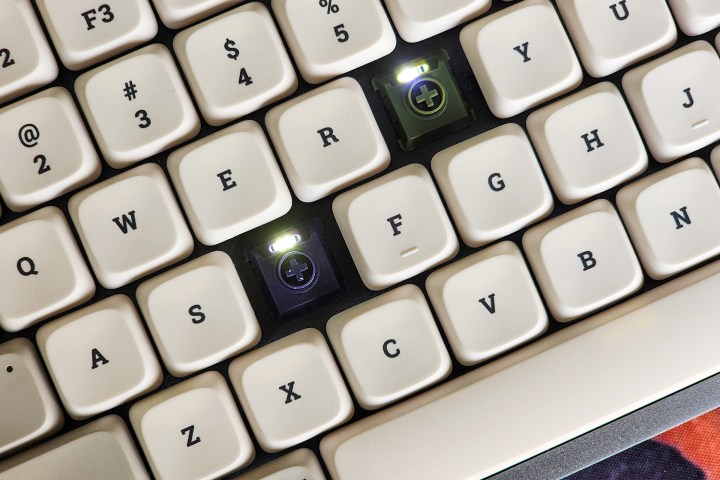
Lack of Keymapping
The absence of QMK support limits customization options, restricting users to basic hotkeys and modifier key changes.
Final Verdict
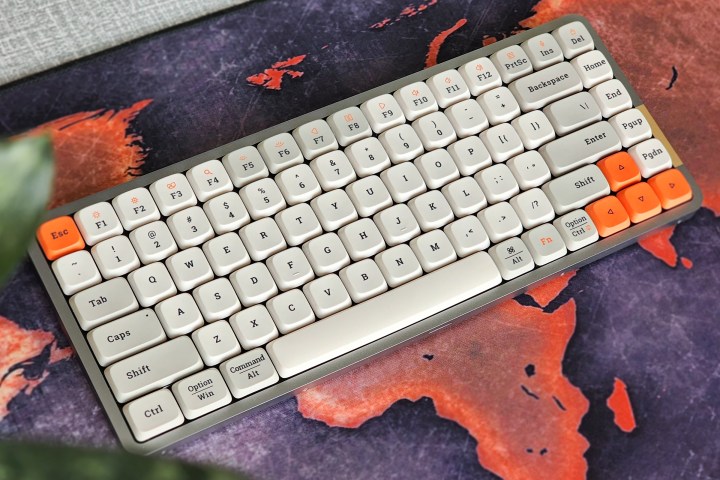
The Lofree Flow offers a unique typing experience, combining a cushioned feel with a pleasant sound, at a competitive price. It’s a great option for those seeking a “thocky” keyboard without extensive customization. However, the battery life, limited backlighting, and lack of keymapping might be dealbreakers for some. While not ideal for modding enthusiasts, the Lofree Flow is a solid choice for those prioritizing typing comfort and portability.



